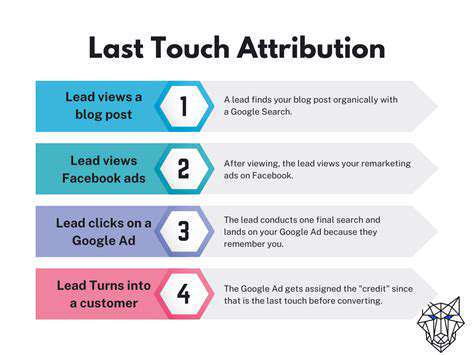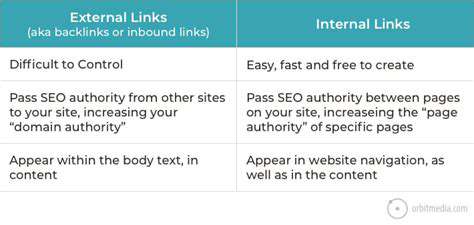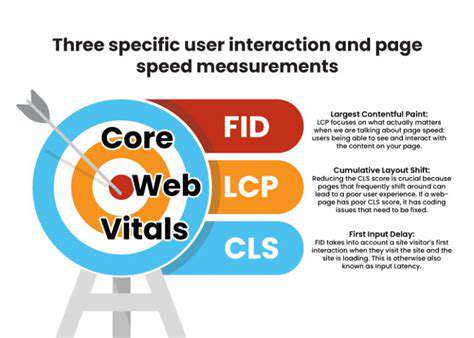First Touch vs Last Touch Attribution: Pros and Cons
Understanding the Concept of First-Touch Attribution
First-touch attribution is a marketing attribution model that credits the initial touchpoint a customer has with a brand as the primary driver of a conversion. This touchpoint could be anything from a social media ad to a search engine result page. It's a straightforward approach that simplifies the complex journey a customer takes. By focusing on the first interaction, marketers can easily track and measure the impact of their initial engagement strategies.
Essentially, this method assumes that the first interaction is the most crucial for influencing a customer's decision. While it might seem simplistic, it can be highly effective in certain circumstances, especially when building brand awareness and driving initial engagement.
Benefits of Using First-Touch Attribution
One significant advantage of first-touch attribution is its simplicity. Marketers can easily track and understand the initial touchpoints that lead to conversions. This clarity makes it easier to optimize campaigns focused on initial brand exposure and awareness. Furthermore, it provides valuable insights into which marketing channels are most effective at attracting initial interest.
The straightforward nature of first-touch attribution allows for faster analysis and quicker adjustments to campaigns. This agile approach is particularly beneficial in dynamic marketing environments where rapid adaptation is crucial for success.
Limitations of First-Touch Attribution
While first-touch attribution is straightforward, it can overlook the crucial role of subsequent interactions. This model often fails to account for the influence of later touchpoints, such as email marketing campaigns or product demonstrations. Customers often have a multifaceted decision-making process, and this model simplifies it to a single point of contact.
Ignoring subsequent interactions can lead to an incomplete understanding of the customer journey. Marketers might miss out on opportunities to further nurture leads and improve the customer experience, ultimately hindering overall conversion rates. The model often fails to capture the cumulative effect of multiple touchpoints.
Comparison to Other Attribution Models
Compared to other attribution models, like last-touch or multi-touch, first-touch attribution represents a significant simplification. Last-touch attribution, for example, focuses on the very last touchpoint before a conversion, while multi-touch models attempt to distribute credit across multiple touchpoints throughout the customer journey. These models often provide a more comprehensive picture of customer behavior.
First-Touch Attribution in Practice
Implementing first-touch attribution involves tracking the initial interaction a customer has with a brand. This could involve using UTM parameters in URLs to identify the source of the traffic or integrating with marketing automation platforms. By diligently collecting data on these initial touchpoints, marketers can effectively analyze which strategies are driving the most initial engagement.
Examples of Industries Using First-Touch Attribution
Many industries find first-touch attribution valuable, particularly those focused on generating initial brand awareness. For example, software companies often utilize this model to track the initial exposure potential customers have to their products through online ads or search engine results. Similarly, e-commerce companies may use it to identify the initial touchpoints that drive initial product views and website visits.
Optimizing First-Touch Attribution Strategies
Optimizing first-touch attribution strategies involves focusing on improving the effectiveness of the initial touchpoints. This could involve refining ad copy, improving website design for better user experience, or optimizing content to be more appealing to the target audience. By enhancing the quality of the first interaction, marketers can improve the likelihood of converting initial interest into customers.

Choosing the Right Attribution Model for Your Business

Understanding Attribution Models
Attribution models are crucial for understanding how different marketing channels contribute to conversions. They go beyond simply tracking clicks and instead delve into the complex interplay of touchpoints that lead a customer to make a purchase or take another desired action. A good attribution model provides a more accurate picture of the true impact of each channel, allowing for better resource allocation and more effective marketing strategies. This understanding is essential for optimizing campaigns and maximizing return on investment.
Choosing the right model is paramount because different models offer varying levels of granularity and weight to different touchpoints. Understanding which touchpoints are most influential is key to optimizing your marketing efforts and ensuring that your investments are generating the best possible results. A poor choice can lead to misallocation of resources and ineffective campaigns, so selecting the right model is a critical step in the process.
Different Types of Attribution Models
Several models exist, each with its own strengths and weaknesses. The first-touch model attributes the entire conversion to the first touchpoint, while the last-touch model focuses solely on the last interaction before the conversion. These two models are often overly simplistic and fail to account for the cumulative effect of multiple touchpoints.
Other models, such as the linear model, give equal weight to every touchpoint. The time decay model, on the other hand, assigns more weight to recent interactions. Choosing the right model depends heavily on your specific business goals and the nature of your customer journey.
Ultimately, the best model is the one that provides the most accurate and insightful representation of your customer journey. This will allow you to tailor your marketing strategies to precisely address the needs and preferences of your target audience, resulting in a more effective and efficient approach.
Factors to Consider When Choosing
Several factors should be considered when selecting an attribution model. The complexity of your customer journey and the number of touchpoints involved are key considerations. If your customers typically interact with your brand across multiple channels and touchpoints, a more sophisticated model may be necessary. This is especially true for businesses with complex sales cycles or those that operate in highly competitive markets.
Another important factor is the nature of your marketing campaigns. Are your campaigns primarily focused on brand awareness or direct sales? The type of campaign will influence the appropriate attribution model. Different models will provide different insights into the effectiveness of these campaigns. Consider the specific goals of each campaign when making your selection.
Finally, the data available to you plays a crucial role. The availability of detailed data on customer interactions across various channels will significantly impact the accuracy of the chosen model. If you have limited data, a simpler model might be more appropriate. Conversely, if you have access to rich data, a more granular model can provide a more comprehensive understanding.
Read more about First Touch vs Last Touch Attribution: Pros and Cons
Hot Recommendations
- Personalizing Email Content with User Behavior
- Geofencing for Event Attendance Tracking
- Reputation Management on Social Media
- UGC Beyond Photos: Videos, Testimonials, and More
- The Future of Data Privacy Regulations
- Accelerated Mobile Pages (AMP) Benefits and Implementation
- The Future of CRM: AI and Voice Integration
- Google Ads Smart Bidding Strategies: Maximize Value
- Common A/B Testing Pitfalls to Avoid
- Local SEO Strategies for Small Businesses











